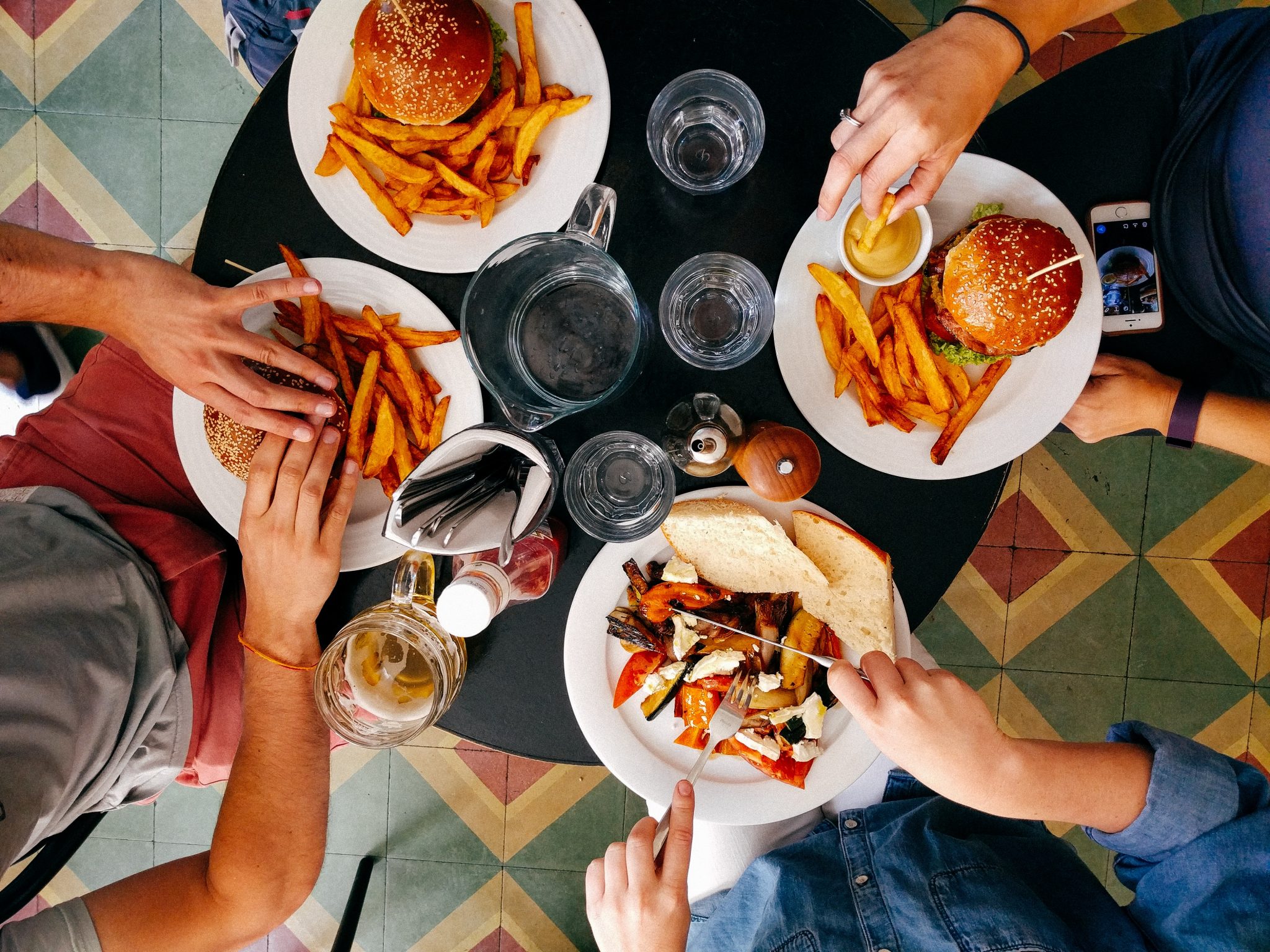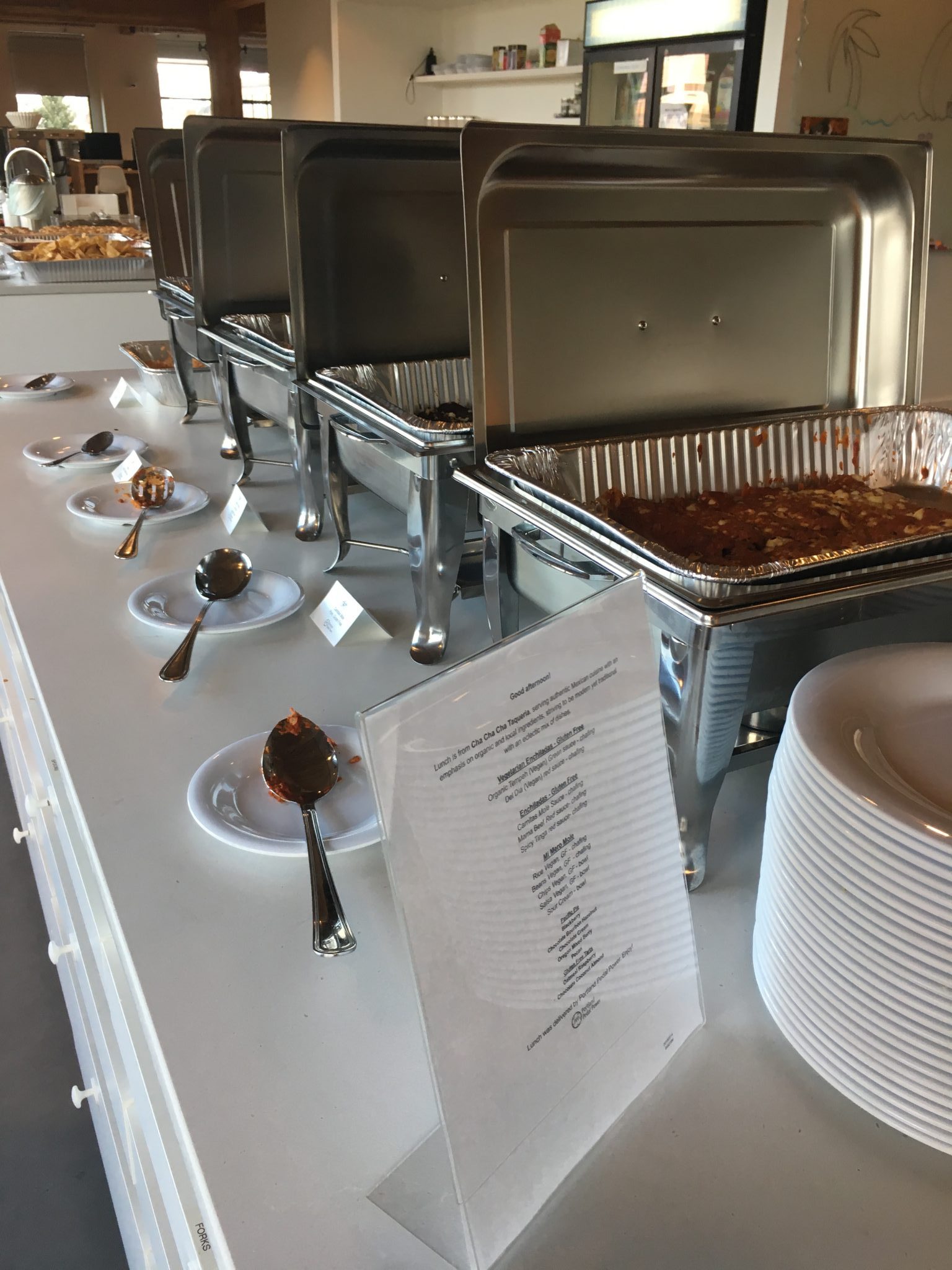If you’re regularly tasked with ordering individual meals or catered lunches for events at your office, you’re responsible for keeping a lot of people satisfied. We’ve compiled five tips to help you keep the team happy and minimize your stress when ordering food.

Photo Credit: Dan Gold
- Order Early
Nothing throws a wrench in a restaurant’s operations like a late order they’re trying to squeeze in. The reality is good restaurants are doing as much, if not more, business with their delivery partners than their in-house customers. Traditional kitchens are not designed with this kind of volume in mind, and it can quickly overload the staff.
If possible, order 2-5 days in advance and schedule your food to be delivered on the early side of your lunch window. That way you won’t get stuck behind last minute orders, or an in-house rush of customers.
- Get Your Food From One Vendor Who Can Accommodate All of Your Dietary Needs
One-stop shopping for office vegans, celiacs, and those with food allergies, helps on multiple levels. First, it cuts your workload. Second, it helps with accurate labeling and answering any questions you may have after the food has been delivered. Third, if the restaurant is running ahead or behind schedule, all of the food will show up at one time. Few things are more stressful than having food for only some of your hungry co-workers.

Catering from Portland Pedal Power
- Family Style!
Having your meals delivered family style saves money, reduces packaging waste, reduces ordering mistakes by cutting down on confusing individual orders, and provides you with an easy way to keep the food warm in wire chafing frames on heat. Better yet, buy reusable chafing dishes for your office, or have your delivery and/or catering partner store them at your location. Use the money saved on individual meals and pay to have on-site catering so you don’t have to worry about setup and cleanup.
- Consider Waste
The downside of family-style eating is that it’s always better to plan to have too much food rather than too little – potentially resulting in waste. Prepare for this by planning to store your leftovers in an on-site refrigerator. This makes hungry employees very happy. If you’re not going to get through all of your food, work with your caterer to donate leftovers to a local food bank or shelter- a little extra planning, but well worth it.
- Be Mindful of Service Time
Some meals take more time to setup, some take more time to serve. It’s incumbent upon you to use all of the tools at your disposal to keep things moving. Can you create two lines of people to speed up the lunch rush? Can you move the salad dressing away from the end of the line to eliminate that bottleneck?
Between the cooking, packaging, and delivery of food, problems inevitably occur. Prepare for this with detailed planning, establishing best practices, and working with trusted partners who will take care of you when a problem arises.

